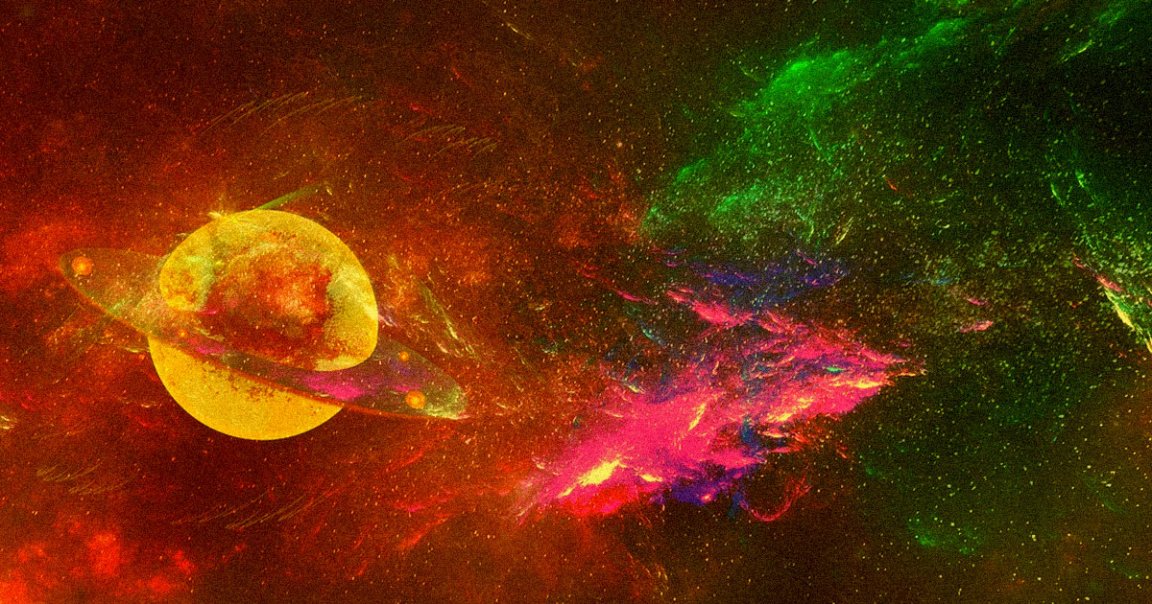
Universal Imbalance
Scientists think that they’ve taken a step toward finally understanding one of the greatest mysteries of the universe: why it exists in the first place.
When the universe formed, it created both antimatter and matter, which destroy each other when they meet. So why there’s enough matter left to form all the galaxies, stars, and worlds out there is a key question.
Now, Scientific American reports that scientists have made substantial progress toward providing an answer.
Piecing It Together
The theory, called leptogenesis, posits that the Big Bang spewed out a massive number of subatomic particles called neutrinos. When those neutrinos eventually broke apart, leptogenesis suggests that they happened to form more matter byproducts than antimatter ones.
New findings out of Japan’s Tokai to Kamioka (T2K) experiment, which were published last week in the journal Nature, aren’t definitive evidence of the leptogenesis theory. But, pending the many follow-up experiments and analyses that would be necessary to actually make that declaration, SciAm reports that the findings do seem to strongly suggest that leptogenesis is on to something.
Missing Data
The study suggested there’s a 95 percent chance that the neutrinos break down into an uneven proportion of matter to antimatter, a measurement called CP violation. That sounds convincing, but it’s not good enough for such a fundamental mystery of the universe.
“We don’t call it a discovery yet,” Stony Brook University researcher and T2K team member Chang Kee Jung told SciAm.
READ MORE: Antimatter Discovery Reveals Clues about the Universe’s Beginning [Scientific American]
More on neutrinos: Shocking Research Threatens Our Understanding of Dark Matter